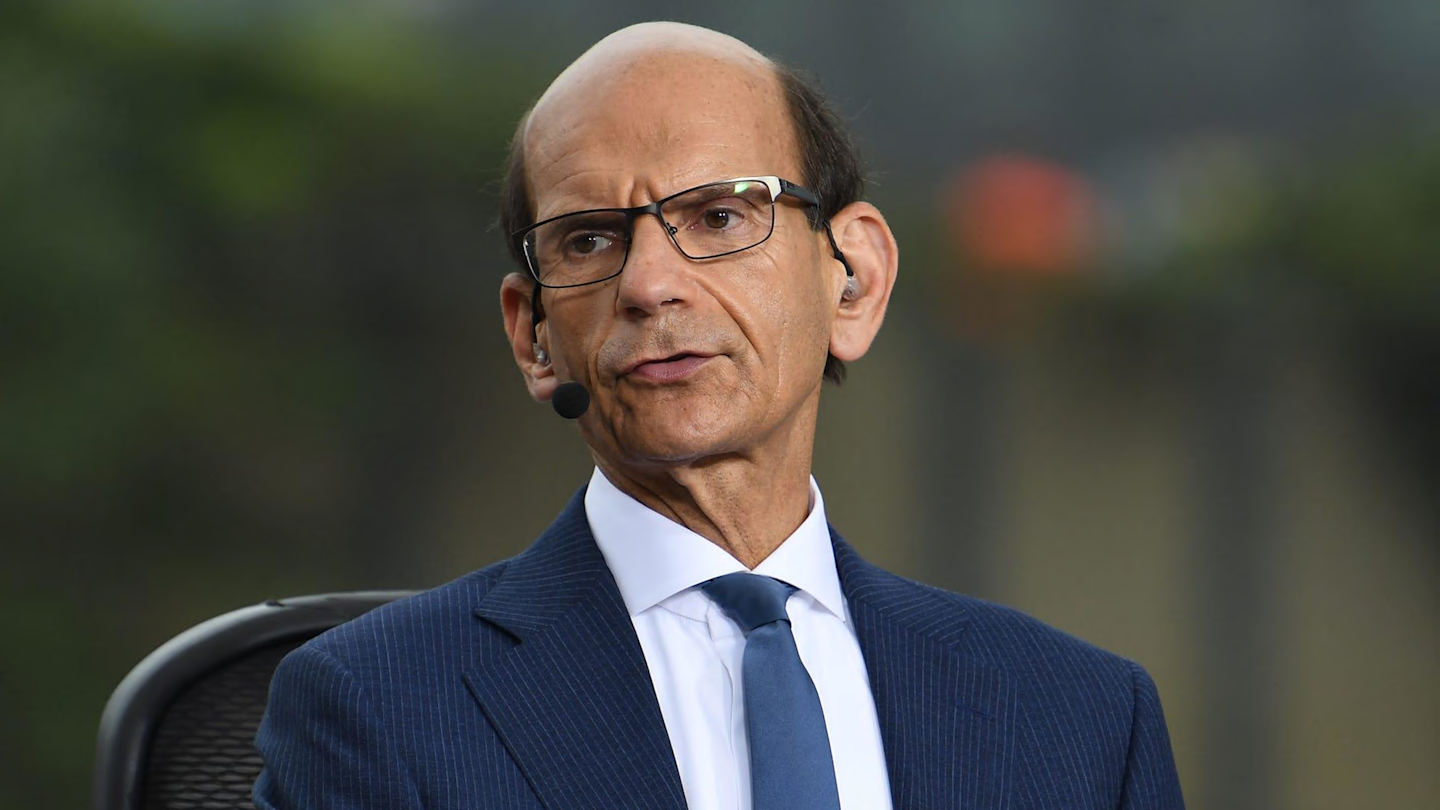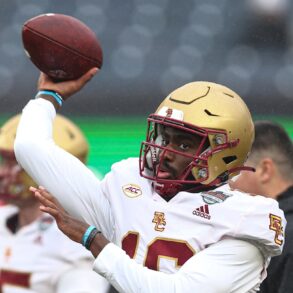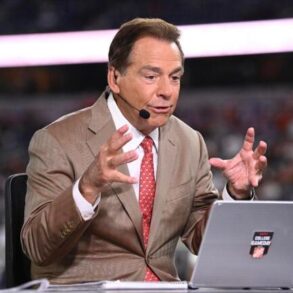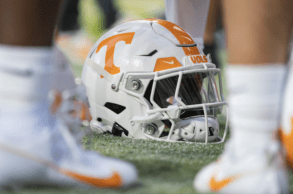
FAYETTEVILLE, Ark. — It’s starting to become entertaining watching the sports media, particulary in the SEC, be on the verge of developing ulcers and heart issues over college sports.
It’s the case around Arkansas. Every day at least one person asks me about it around town. Some are on the complete verge of panic over their Razorbacks.
They gripe it costs more to go to games, but they keep paying.
The feeling among many is college athletics is at a crossroads and it is, but probably not the one most are thinking about. They are just looking at the storm clouds and thinking they need to build an ark.
ESPN analyst Paul Finebaum has raised alarms about an “existential threat” facing the game, citing the rapid changes brought by Name, Image, and Likeness (NIL) policies, the transfer portal, and playoff expansion.
As the sport evolves, Finebaum and other voices warn that the very fabric connecting fans, players, and schools is under strain.
“I think what is going on now is an existential threat to the future of thegame, Finebaum said during his weekly appearance on “McElroy and Cubelic in the Morning” on WJOX-FM 94.5 in Birmingham. “In a couple weeks, one thing we will all be saying is, ‘Just get me to that first Saturday. Get me to that last weekend in August, and all this will go away.’ But all this will not go away. It’s still there.”
While Paul is free to have his opinion, it is a little bit of a knee-jerk. Things will completely change, but that’s normal.
Just like in the real world, ultimately the market will correct itself eventually and settle out. Some fans will just complain loudly, the media will throw their hands up and create despair for others.
The smart ones will just ride it out. It’s the same way in business with people playing the stock market on a daily basis. The ones who get rich just deal with the lows and wait on the highs, making money all the way.
The introduction of NIL legislation has allowed college athletes to profit from their personal brands, a move widely seen as overdue. What started as a good idea has gotten blown out of whack because opportunistic lawyers got involved after there was a reasonable start.
The system’s lack of structure has created new challenges. Players can now transfer with little restriction, chasing better financial deals or playing opportunities. This has led to concerns about loyalty and continuity within programs.
“It’s just a bizarre system, and we don’t care that the players are making money, but ultimately, the loyalty to the school is where the factor is,” Finebaum said about the key factor in the growing disconnect between fans and the sport.
“It’s not so much the money, it’s not so much the talk of the playoffs. It’s the portal. It’s the fact that a player can leave at a moment’s notice with no commitment, no loyalty. I think it’s disconnecting fans.”
In other words, too many players aren’t really playing for the school colors, mascot or fans. That drives everybody slap crazy. It was the norm for a century and now it’s not. Panic is the result.
Georgia head coach Kirby Smart echoed these worries, emphasizing the need for fairness and sustainability.
“I just want it to be able to have a freshman come in and not make more than a senior,” Smart said on The Paul Finebaum Show on SEC Network. “We’re all in a good place with being able to compensate players. Call it pay for play, call it NIL, I don’t care what you call it. We just want it to be in a way that’s sustainable.”
Smart and others worry that without reform, the system could force schools to cut non-revenue sports, fundamentally altering college athletics.
Schools had gotten extremely comfortable dealing the revenue they could count on. The problems started when everybody wanted more money and, just like with any corporation, the guys at the top ain’t taking a pay cut.
The College Football Playoff (CFP) is also in flux. After expanding to 12 teams, discussions are ongoing about further expansion and changes to the seeding process.
The Big Ten and SEC, now the sport’s power brokers, are pushing for formats that could further concentrate influence and revenue, raising concerns about the long-term health of the sport’s competitive balance.
“We’re examining the format comprehensively, said CFP executive director Rich Clark. “Whatever decisions we make for 2025 will influence 2026 and subsequent years”.
The recent House v. NCAA settlement has also complicated matters, as schools battle with how to implement revenue sharing while maintaining broad athletic offerings.
In other words, somebody’s going to have to take a pay cut. While that should start at the top it usually starts by removing things on the bottom of the pile.
Finebaum warns that the impact of these changes may not be immediate, but the slow erosion of tradition and loyalty could eventually drive fans away.
“A year ago, I really believed that the games on Saturday would cure the ills, and they were fantastic,” he said. “We all participate in them. But there is, slowly but surely, a disconnect. It’s the older fans first.
“And I know college administrators aren’t as concerned and television executives aren’t as concerned. But ultimately it will trickle down.”
The bottom line is the fans will have to pay more for a lot less. Colleges restrict access so much these days, the amount of daily coverage has dropped.
But nobody really cares about that anymore. The TV checks get bigger every year.
Just like nearly everything else in life, just follow the money and you can find the real answer. College athletics will continue rolling along in some fashion.
In the end, the guys at the top will find ways to avoid taking a pay cut. Nobody will let it end, despite how many people complain.
The phrase too big to fail comes to mind. College athletics may have reached that point, but it probably won’t look like it did just a decade ago.
You’ll just have to deal with it.
This post was originally published on this site be sure to check out more of their content.







